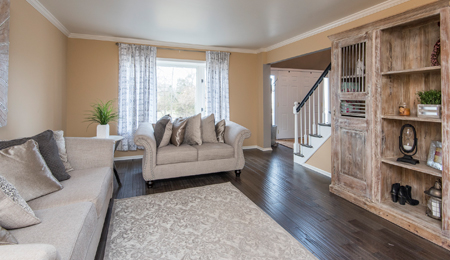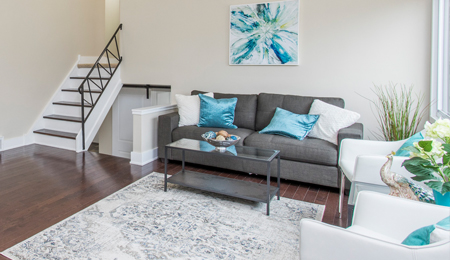I recently had the opportunity to speak with Pennsylvania state-certified appraiser Laurie Allison about the connection between a home’s square footage and its value, and I’m excited to share a few highlights from that conversation with all of you today.
Laurie has worked as an appraiser for 29 years, so it goes without saying that she’s got a wealth of experience.
To kick off our conversation, I asked Laurie about the standard Realtors should follow in recording a home’s square footage on its MLS listing. After all, some areas of a home might not technically count toward its total square footage, so deciding what to include can be a sticky subject. More than that, it’s also important to denote how much space is “above-grade” and how much is “below-grade.”
Simply put, “below-grade” square footage is any space below the ground the home sits on, while “above-grade” square footage is any space above that. A basement, therefore, would count toward a home’s “below-grade” square footage.
It’s important to be transparent not only about a home’s total square footage, but also how that square footage is divided between above-grade and below-grade space. This distinction matters because below-grade square footage adds less value, and also because above-grade space tends to hold greater weight in terms of how a property is taxed.
If you have any other questions or would like more information, please feel free to give Laurie or me a call or send either of us an email. We look forward to hearing from you soon.



